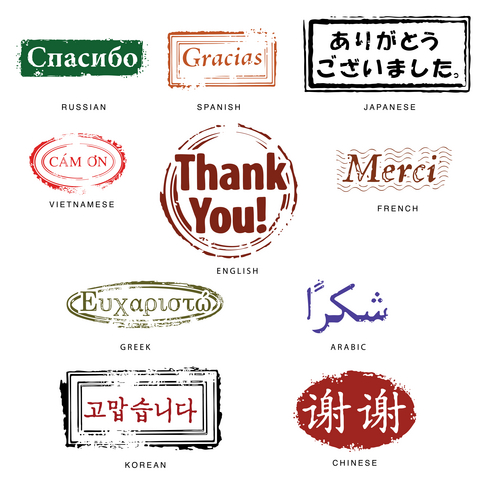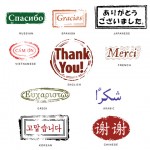Gratitude
Gratitude is becoming one of those ubiquitous “yoga-words” that has worked its way into the common vernacular. Not that there’s anything wrong with that. It’s just that sometimes when we find ourselves using a word over and over, tossing it out in multiple situations and many times a day, it tends to lose its meaning. When this happens, it’s always a good idea to take a little pause, step back and look a little more closely at the intent, or deeper meaning of the word, and make sure our use of it is in alignment.
So, gratitude… What does it mean to really have gratitude for something? How does one show gratitude?
Here’s a little test. How many of us are grateful for the food we have to eat? Okay. So now, how many of us say a prayer or blessing before eating it? How many of us go back and thank each animal, vegetable and grain that is part of our meal? How many of us eat in silent contemplation, fully experiencing and tasting each flavor and nuance of the gift of the foods that we are partaking of?
Most of us barrel through our meals as we sandwich them between one activity and another. We often eat at our desk, eat in our cars, always doing something from emailing to driving to talking on the phone while we cram our faces. I even used to have a special lunchbox just for eating in my car! We rarely eat alone, feel weird if we do, and so turn on the TV or go to dinner with friends and talk our way through it. Somewhere inside we’re really glad to eat. But, what if we got into that inside place and took it even deeper?
Here’s a little story. When I was traveling through Asia I spent fourteen days in the remote North of Laos with a Buddhist monk. One morning he went out to get breakfast for me and my traveling companion, and returned with three frogs on a skewer (whole, eyeballs and skin included) and a packet of sticky rice wrapped in a banana leaf. At the time I was a vegetarian. I went for the sticky rice. When I turned down the frog he looked at me askance. I told him I don’t eat meat, and then said “In my country we are told that Buddhists are vegetarian, but you are a monk and you eat meat”. His reply: “It must be really wonderful to have so much that you can choose what you do and do not eat.”
The story with the monk taught me a lot of things, like perspective and the role it plays in understanding abundance, that spirituality is deeper than a set of disciplines, and that gratitude is more than being thankful or glad for something I have. Real gratitude is something much deeper. Real gratitude is an expression of the relationship of us to every other being on the planet and the Creator behind them.
An interesting exercise to try for learning more about gratitude is this: For seven days, eat your meals alone, in silence, remembering each being that has played a role in the making of it, and savoring the abundant creativity present in it. Do it as a meditation and you might find not only new aspects of gratitude, but new facets to your own experience with food. Things will likely taste different, smell different, and feel differently in your body. You may even experience flavors you’ve never experienced before.
Bon appétit!

